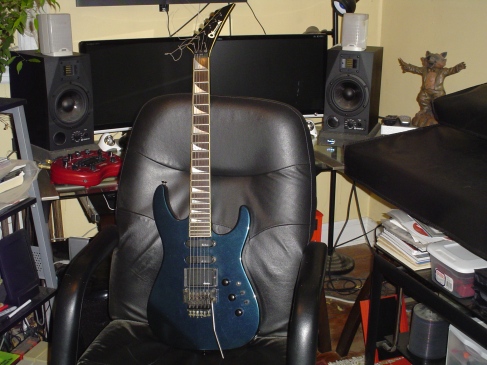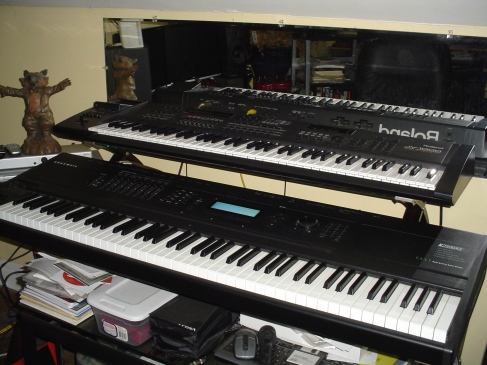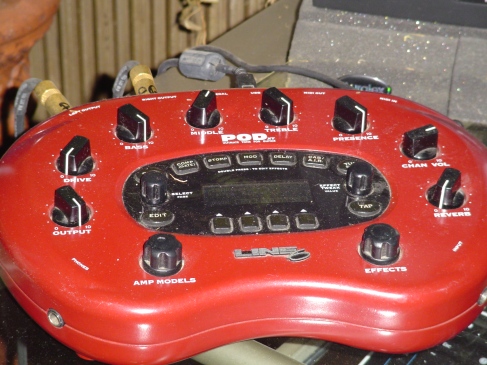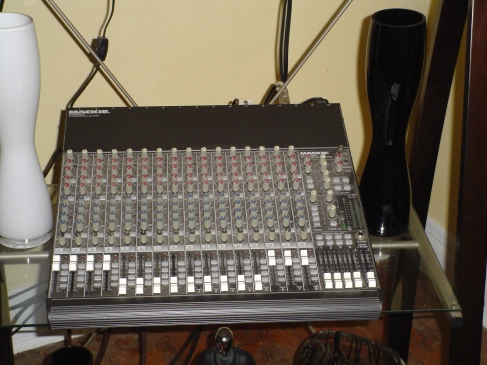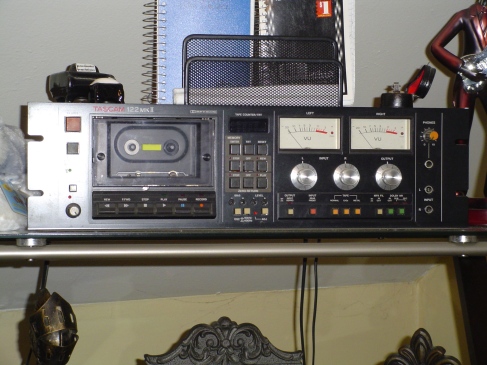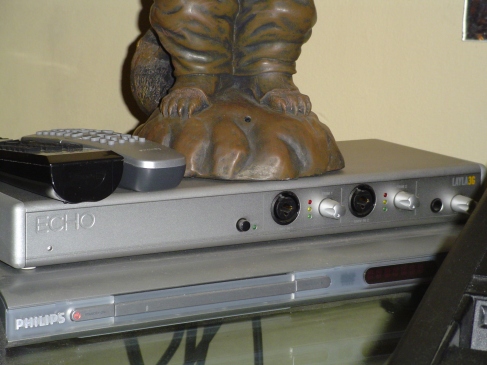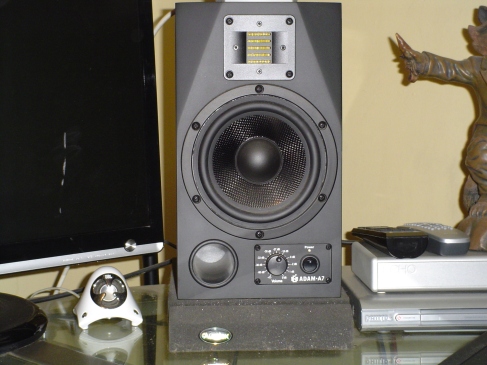This week I want to take a first look at synthesis and some of the common building blocks used. To begin with, there are several different types of synthesis- subtractive, additive, FM(Frequency Modulation), wavetable, physical modeling, granular, and hybrid combinations of all these. Although all of these synth types share some common parameters I’ll restrict myself to the modules found in all subtractive synths in one form or another. Subtractive synthesis refers to the process of taking a waveform, running it through a filter or set of filters, applying envelopes to control the dynamics of the sound, adding an LFO(low frequency oscillator) for modulation, and then creating an output at a certain volume or pan position…and even this can be modulated!
For this lesson I’m going to be using Cakewalk’s Z3TA+2 synth-

There are five modules common to all synths and I’ll go through them one at a time-
1- OSC or oscillator- The oscillator section is the sound generator for the synth. In an analog synth this would be called the VCO(Voltage Controlled Oscillator). The actual sound source is a selectable waveform…some types you would expect to see are Sine, Triangle, Square, and Sawtooth. Usually you’ll find a frequency control which is directly related to the pitch of the sound.

2- Filter- The filter section is where the partials of a waveform are either attenuated or emphasized according to the type of filter applied. The main filters are LPF(low pass filter), HPF(high pass filter), BPF(band pass filter), and Notch(also called Band Reject). A couple of controls you’ll always find are Cut-off Frequency(the frequency at which the sound is starting to be affected by the filter) and Q(also called Reso or Resonance) which creates an emphasis at the cut-off. In an analog synth this would be referred to as the VCF(voltage controlled filter).

3- Amp- The amp section is basically the output section of the synth. The master volume and pan controls are found here. In an analog synth this was called the VCA(voltage controlled amplifier).

4- EG- The EG(Envelope Generator) section affects how the sound evolves over time. At times this section is called by the initials of it’s controls- ADSR(Attack, Decay, Sustain, Release). Attack controls how quickly the sound goes to 100% when the key is pressed…a percussive sound would be set to 0% while a pad would have a longer time. Decay refers to how quickly the sound falls to a Sustain level. That percussive sound would have an a very low decay while a pad may take longer to fall. Sustain is the only control to have a level rather than a time….sustain is the level the sound falls to after the attack and decay stages while the key is still being pressed. Finally Release controls the amount of time it takes for the sound to completely fade after the key is released. Back to our examples the percussive sound would have no release time while the pad would have a period of time for the volume to fade.

5- LFO- The LFO(low frequency oscillator) is used as a modulator for the other sections. Though the low in an LFO refers to the fact that the frequency is set below the human hearing level but being a periodic waveform it can be used to modulate many of the other synth controls resulting in a more “animated” sound. Generally you can set the type of waveform and amount.

Each of these sections deserve a post of their own so hopefully I covered the main details and didn’t confuse anyone too much!
See you soon 🙂
-Bill



















